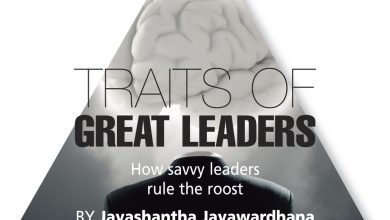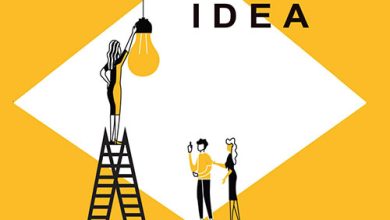DIGITAL DISRUPTION
STAYING ALIVE
Congratulations! Your organisation is still alive and well. More than half the companies listed in the Fortune 500 in 2000 are not among the living today. An organisation’s capacity to adapt depends on the ability of its employees to do so.
Many businesses still believe that digital disruption will not hurt them. They are more concerned about threats to their products and services rather than how their business model could be disrupted. A global hotel chain at peak efficiency can add 30,000 rooms in two years while Airbnb can do so in only two weeks!
So how and where do you begin to adapt? Though context differs, the following three areas stand out.
DATA ANALYTICS Apple, Microsoft, Facebook, Google and Amazon control digital technology, and all of them are in a hurry to know more about your employees and customers than you are.
They have one thing in common: they’re in the business of data analytics. While most organisations are struggling to motivate their employees to meet customers, most customers are freely sharing information – even intimate details – with Apple, Microsoft et al.
SINGLE PURPOSE Many organisations are trying to use data analytics to understand their customers better. However, these ‘experts’ in analytics often don’t understand customers or the business model well; and those who do, don’t understand analytics well.
A solution is being sought through cross functional teams that work together to apply analytics. However, this approach ignores the fact that customer analytics requires a cross functional mindset and way of working – rather than a cross functional team.
Customer insights are generated in a thousand different ways by thousands of different people who do not talk to each other. A culture of collaboration requires that all levers like rewards and recognition are aligned with the objective of collaboration. Above all, it requires a singular purpose worth fighting for in order to overcome individual and team differences.
Intuit started with a simple purpose: “To improve our customers’ financial lives so profoundly they can’t imagine going back to the old way.” Every time it launched a new product, the entire organisation took off on national sales tours to demonstrate the product.
And the CFO was the architect of one of its best-selling software products! This is a far cry from the CFO who says: “I can’t do this… I’m a chartered accountant.”
DISRUPTIVE SPEED Like the example of adding 30,000 room nights, what’s impossible with one paradigm is often possible with another. Disruptive speed is often associated with changes in the business model. If you are thinking about improving efficiency by 20 percent, you’re not thinking of changing your paradigm. Examples of paradigm shifts include the sharing economy, platform strategy, ‘co-creating’ and so on.
Amazon Prime and Uber Eats are examples of the speed associated with changing assumptions.
Similarly, a yoga teacher creating one of the largest herbal and Ayurveda product companies is an example of a paradigm shift where the brand is leveraged in one area to create a business in another space in next to no time.








